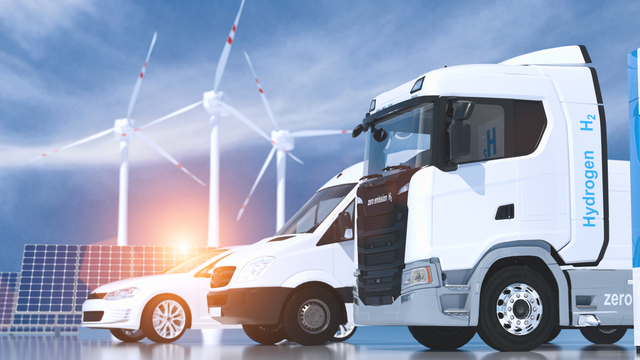Look Up for the Latest in Electrification
Accelerated by the technical innovation and success of electric vehicles and fleets, electric aviation is taking off. In our race to a decarbonized future, drone deliveries, aerial ridesharing, and regional electric flights are quickly becoming a crucial part of our new zero-emission mobility.
However, adding another mode of electric travel puts more emphasis on charging infrastructure and power delivery. Proper planning, well in advance, is critical because electric aviation requires large amounts of always-on power, integrated communication networks, and close coordination with city and utility stakeholders.
Electric Aviation Stakeholders
- Understand impact of distributed and aggregated eVTOL charging along distribution lines.
- Establish managed charging and infrastructure planning programs.
- Develop foundational connectivity, security and infrastructure components to support connected/autonomous eVTOL
- 5G network densification
- Convene to encourage knowledge and resource sharing through the Community Air Mobility Initiative
- Assist with new policy and infrastructure planning and creation to enable UAM in communities
- Work together to bring electric aviation to life in urban environments including innovations in product development, safety and charging
- Share data to inform electrification planning and charging operations.

Urban Air Mobility Feasibility Study
The key to electrifying air travel is building resilient charging infrastructure for today with room to scale for future needs. Black & Veatch recently teamed with the National Institute of Aerospace (NIA), on behalf of the National Aeronautics and Space Administration(NASA), to conduct an Urban Air Mobility Electrical Infrastructure Study to understand how the grid, civic infrastructure, and fueling systems needs to change to soar into the zero-emission future.






